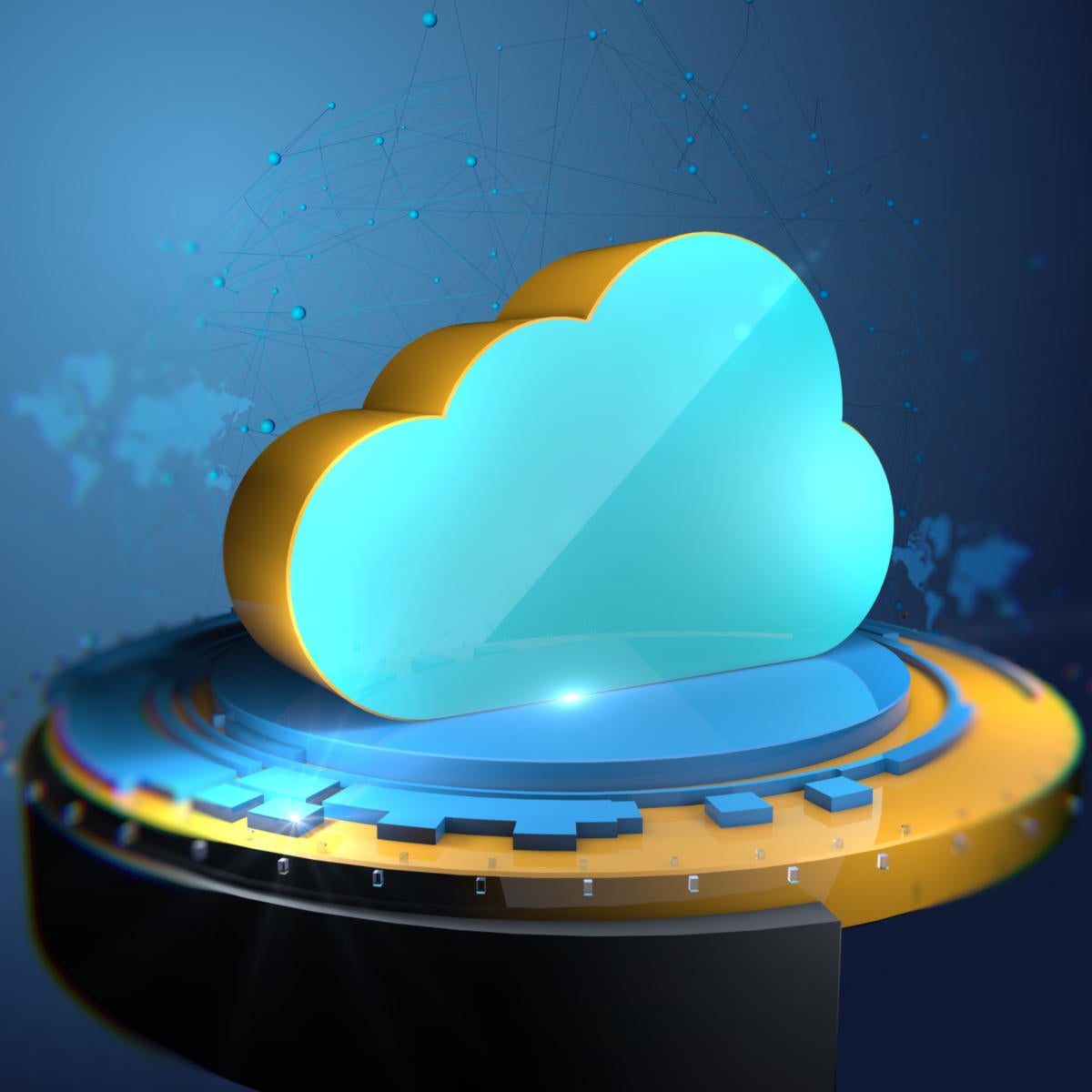If you’ve built a new app in AWS, odds are you’re running it on Linux, with a NoSQL data store and Nginx to serve it to your users.
That’s one of the conclusions drawn by Sumo Logic, a cloud-based analytics service for application data that runs on Amazon Web Services, in its analysis of how its customers are putting together modern, cloud-based apps.
Sumo Logic’s report, entitled “The State of the Modern App in AWS,” uses statistics gathered from the company’s base of 1,200 customers to get an idea of how their apps are created and what they run on.
Amazon (almost) all the way
The report’s first and least surprising finding is that 73 percent of Sumo Logic’s customers have their apps hosted on AWS. The second-biggest slice of the pie isn’t even another cloud—it’s on-premise applications, with 22.4 percent. Everything else, including multicloud deployments, are a distant third at 4.6 percent.
Even if Sumo Logic wasn’t hosted on AWS (it is), this finding is in line with other reports that show AWS remains king of cloud environments. The platform commands fierce loyalty among its users—or at least provides strong disincentives to quit it.
Another no-shocker finding: The vast majority of apps run on Linux, even when taking into account variations across environments. Sumo Logic found that on AWS, 82 percent of apps are delivered on Linux; in on-premise environments, it’s around 46 percent, with the other half being on Windows. With Azure, the pyramid is inverted: 96 percent are on Windows, 4 percent on Linux.
But Sumo Logic found the AWS user base was 10 times the size of Azure's user base and three times the size of the on-prem users, so Linux still comes out far ahead by any measure.
Redis to store it, Nginx to serve it
For Sumo Logic customers, NoSQL is the way to go for data, and the top database technology is Redis, at 18.22 percent. Redis is likely No. 1 on that list because it covers multiple use cases needed by current-generation applications—in other words, it works as both a database and an in-memory cache, and its new “modules” ecosystem promises even more functionality in the future (such as machine learning).
Redis and the other two big database choices, MySQL and MongoDB, make up around 50 percent of the total database usage in AWS. The rest is spread between other NoSQL solutions (Cassandra, Dynamo, Memcached, Couchbase) and more conventional RDBMS solutions (PostgreSQL, Amazon Redshift, and Microsoft SQL Server). Only MySQL and PostgreSQL captured more than 10 percent of the user base—a major sign that for all of its shortcomings, MySQL’s broad base of existing support makes it an easy choice.
Web servers are another area where the choices for new apps seems clear. Nginx, a web server built with modern multithreaded workloads in mind and outfitted with scads of third-party add-ons, is used by a little more than 40 percent of Sumo Logic’s user base. Apache httpd—long regarded as the standard—is still in the running with 36.6 percent of users. But Nginx has been steadily displacing Apache httpd on high-volume, high-traffic sites, which is not surprising given that Nginx’s feature set is geared toward modern apps and provides features like native load balancing.
While IIS is in the running, with 21.9 percent, it is by definition confined to Windows Server boxes and thus only likely to grow in tandem with that OS. (Although, with Windows Server becoming friendlier to open source solution stacks in general, that’s not as firmly guaranteed as it might have been in the pre-Nadella era.)
Docker and AWS Lambda: Signs of life
If Linux, AWS, and NoSQL are obvious components of the modern application stack, so are two other major recent technologies: application containerization (Docker) and serverless architecture (AWS Lambda).
About one in five of Sumo Logic’s customers has Docker in production—which Sumo Logic touts as “significant adoption” of “a relatively new technology.” AWS Lambda has a smaller slice of the pie: 12.3 percent of users are employing it in production, with “cloud/devops deployment automation” as one use case cited by Sumo Logic.
There’s little question Docker has lionized a lot of the discussion around application development, delivery, and deployment of late. Serverless computing—the more general term for AWS Lambda's function—also has made a dent thanks to its promise to relieve developers of the burden of system maintenance.
What’s tough to discern is the pace of uptake is for either technology since this is the first time Sumo Logic has compiled information about its users. We’ll have to wait for its next report to get a better idea of how fast either of these are catching on—and how the rest of the new app stack is evolving.






